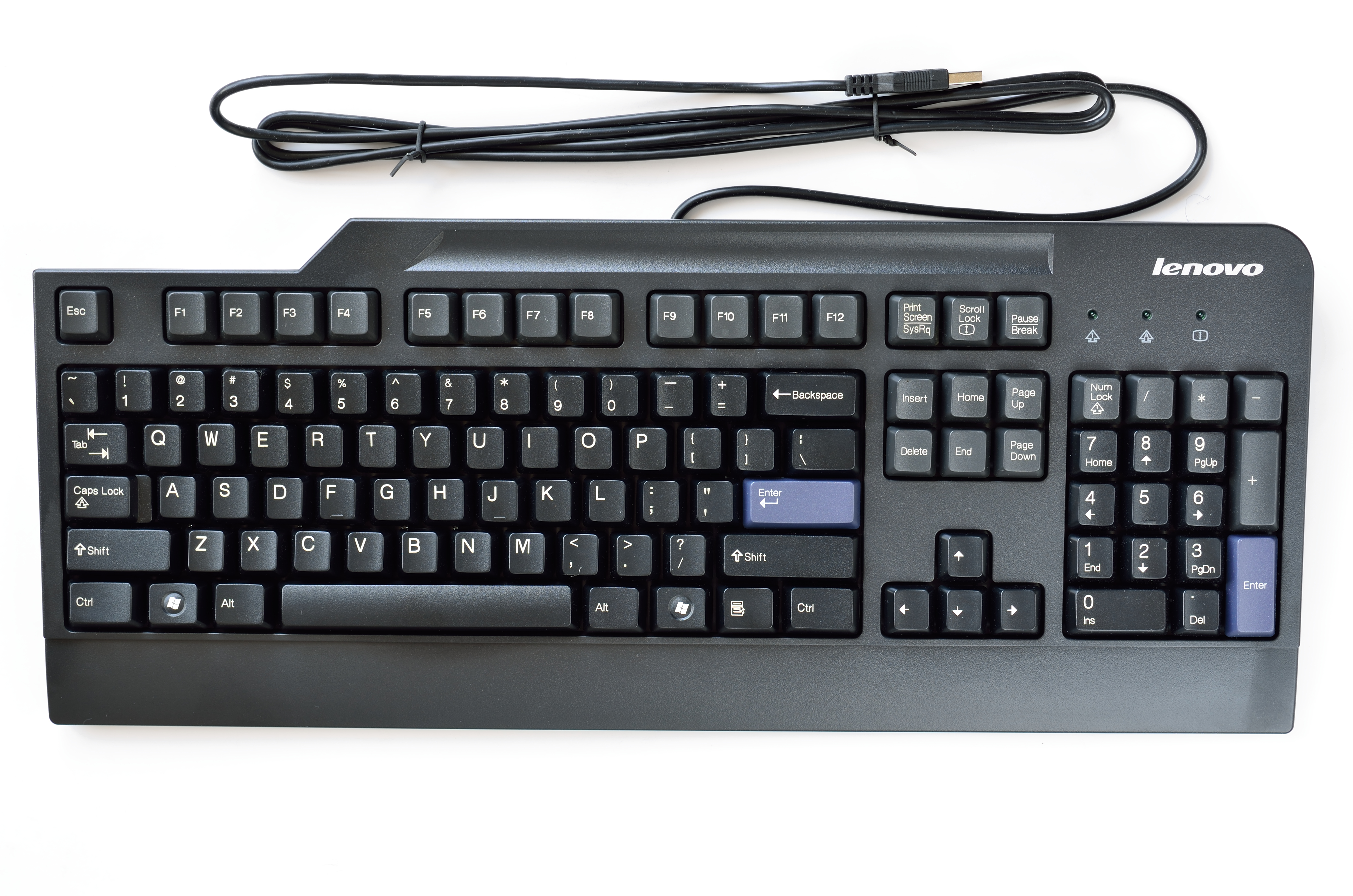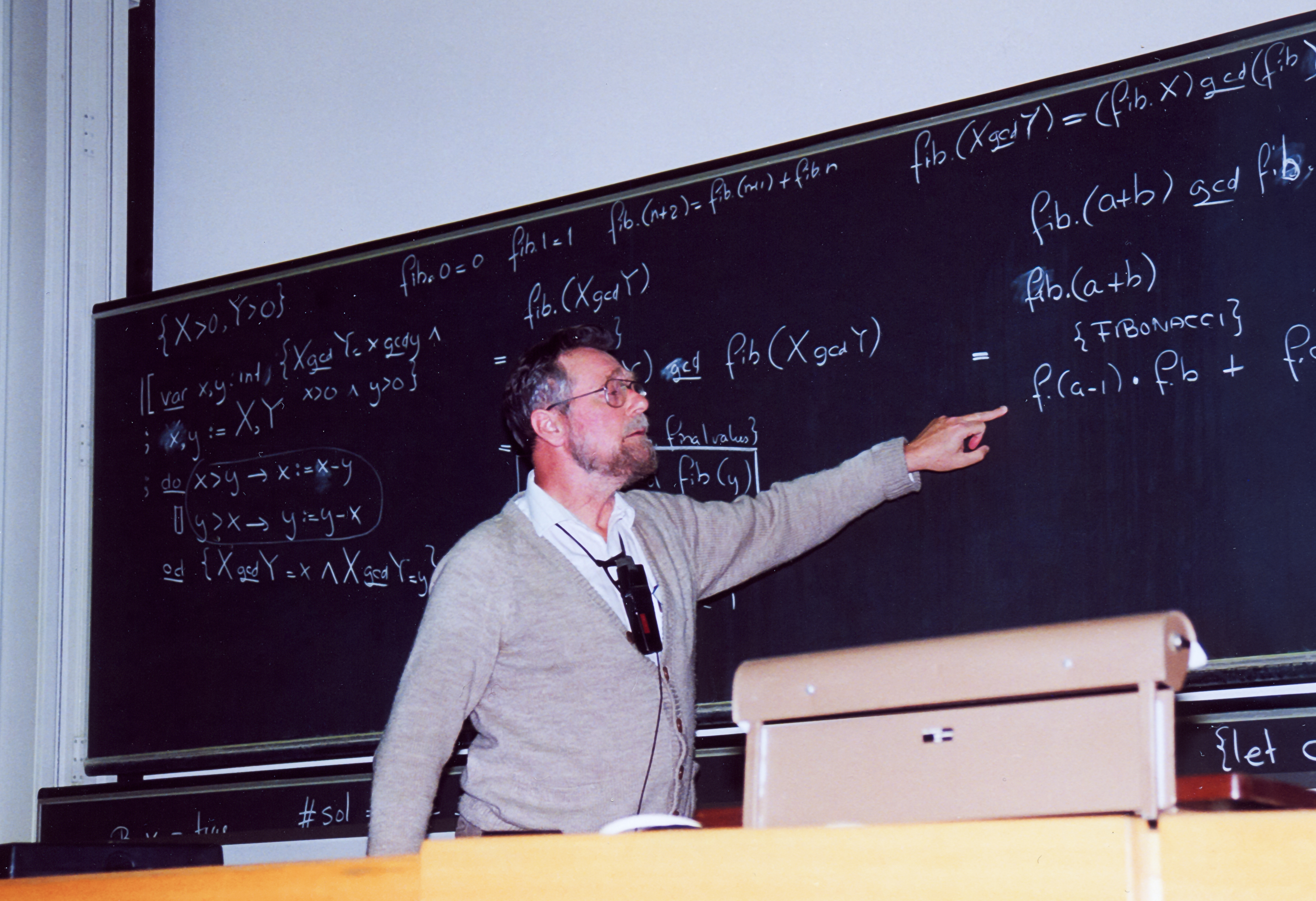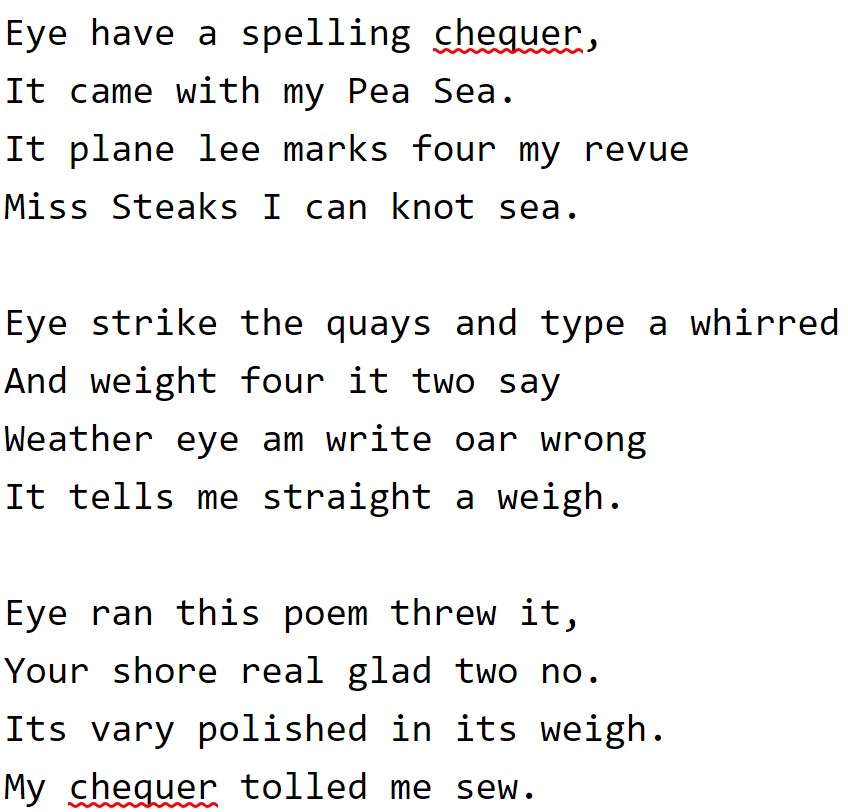|
Lyx
LyX (styled as LYX; pronounced ) is an open-source software, open source, graphical user interface document processor based on the LaTeX typesetting system. Unlike most word processors, which follow the WYSIWYG ("what you see is what you get") paradigm, LyX has a WYSIWYM ("what you see is what you mean") approach, where what shows up on the screen roughly depicts the semantic structure of the page and is only an approximation of the document produced by TeX. Since LyX relies on the typesetting system of LaTeX without being a full-fledged LaTeX editor itself, it has the power and flexibility of LaTeX, and can handle documents including books, notes, theses, academic papers, letters, etc. LyX's Interface (computing), interface is structured so that while knowledge of the LaTeX markup language is not necessary for basic usage, new LaTeX directives can be added into the document to support more complex features during editing — though not at the level of full control a full-fledge ... [...More Info...] [...Related Items...] OR: [Wikipedia] [Google] [Baidu] |
WYSIWYM
In computing, What You See Is What You Mean (WYSIWYM, ) is a paradigm for editing a structured document. It is an adjunct to the WYSIWYG (What You See Is What You Get) paradigm, which displays the result of a formatted document as it will appear on screen or in print—without showing the descriptive code underneath. In a WYSIWYM editor, the user writes the contents in a structured way, marking the content according to its meaning, its significance in the document, and leaves its final appearance up to one or more separate style sheet language, style sheets. In essence, it aims to accurately display the contents being conveyed, rather than the actual formatting associated with it. For example, in a WYSIWYM document, one would manually mark text as the title of the document, the name of a section, the caption associated with a figure, or the name of an author; this would in turn allow one element, such as section headings, to be rendered as large bold text in one style sheet, or ... [...More Info...] [...Related Items...] OR: [Wikipedia] [Google] [Baidu] |
Typesetting
Typesetting is the composition of text for publication, display, or distribution by means of arranging physical ''type'' (or ''sort'') in mechanical systems or '' glyphs'' in digital systems representing '' characters'' (letters and other symbols).Dictionary.com Unabridged. Random House, Inc. 23 December 2009Dictionary.reference.com/ref> Stored types are retrieved and ordered according to a language's orthography for visual display. Typesetting requires one or more fonts (which are widely but erroneously confused with and substituted for typefaces). One significant effect of typesetting was that authorship of works could be spotted more easily, making it difficult for copiers who have not gained permission. Pre-digital era Manual typesetting During much of the letterpress era, movable type was composed by hand for each page by workers called compositors. A tray with many dividers, called a case, contained cast metal '' sorts'', each with a single letter or symbol, bu ... [...More Info...] [...Related Items...] OR: [Wikipedia] [Google] [Baidu] |
Screenshot
A screenshot (also known as screen capture or screen grab) is an analog or digital image that shows the contents of a computer display. A screenshot is created by a (film) camera shooting the screen or the operating system An operating system (OS) is system software that manages computer hardware and software resources, and provides common daemon (computing), services for computer programs. Time-sharing operating systems scheduler (computing), schedule tasks for ... or software running on the device powering the display. Screenshot techniques Digital techniques The first screenshots were created with the first interactive computers around 1960. Through the 1980s, computer operating systems did not universally have built-in functionality for capturing screenshots. Sometimes text-only screens could be dumped to a text file, but the result would only capture the content of the screen, not the appearance, nor were graphics screens preservable this way. Some systems had a BS ... [...More Info...] [...Related Items...] OR: [Wikipedia] [Google] [Baidu] |
ChromeOS
ChromeOS, sometimes styled as chromeOS and formerly styled as Chrome OS, is an operating system designed and developed by Google. It is derived from the open-source operating system and uses the Google Chrome web browser as its principal user interface. Google announced the project in July 2009, initially describing it as an operating system where applications and user data would reside in the cloud. ChromeOS was used primarily to run web applications. ChromeOS supports progressive web applications, Android apps from Google Play and Linux applications. History In 2006, Jeff Nelson, a Google employee, created the concept of what would become ChromeOS, initially codenamed "Google OS" as a Linux distribution focused on speed. Early Google OS versions used Firefox as Chrome had not been released, though it switched to Chrome sometime in 2007 due to internal betas being passed around Google. To ascertain marketing requirements, developers relied on informal metrics, includin ... [...More Info...] [...Related Items...] OR: [Wikipedia] [Google] [Baidu] |
Typography
Typography is the art and technique of Typesetting, arranging type to make written language legibility, legible, readability, readable and beauty, appealing when displayed. The arrangement of type involves selecting typefaces, Point (typography), point sizes, line lengths, line spacing, letter spacing, and Kerning, spaces between pairs of letters. The term ''typography'' is also applied to the style, arrangement, and appearance of the letters, numbers, and symbols created by the process. Type design is a closely related craft, sometimes considered part of typography; most typographers do not design typefaces, and some type designers do not consider themselves typographers. Typography also may be used as an ornamental and decorative device, unrelated to the communication of information. Typography is also the work of graphic designers, art directors, manga artists, comic book artists, and, now, anyone who arranges words, letters, numbers, and symbols for publication, display, ... [...More Info...] [...Related Items...] OR: [Wikipedia] [Google] [Baidu] |
Modular Programming
Modular programming is a software design technique that emphasizes separating the functionality of a program into independent, interchangeable modules, such that each contains everything necessary to execute only one aspect or "concern" of the desired functionality. A module interface expresses the elements that are provided and required by the module. The elements defined in the interface are detectable by other modules. The implementation contains the working code that corresponds to the elements declared in the interface. Modular programming is closely related to structured programming and object-oriented programming, all having the same goal of facilitating construction of large software programs and systems by decomposition into smaller pieces, and all originating around the 1960s. While the historical usage of these terms has been inconsistent, "modular programming" now refers to the high-level decomposition of the code of an entire program into pieces: structured progra ... [...More Info...] [...Related Items...] OR: [Wikipedia] [Google] [Baidu] |
Computer Keyboard
A computer keyboard is a built-in or peripheral input device modeled after the typewriter keyboard which uses an arrangement of buttons or Push-button, keys to act as Mechanical keyboard, mechanical levers or Electronic switching system, electronic switches. Replacing early punched cards and paper tape technology, interaction via teleprinter-style keyboards have been the main input device, input method for computers since the 1970s, supplemented by the computer mouse since the 1980s, and the touchscreen since the 2000s. Keyboard keys (buttons) typically have a set of characters Engraving, engraved or Printing, printed on them, and each press of a key typically corresponds to a single written symbol. However, producing some symbols may require pressing and holding several keys simultaneously or in sequence. While most keys produce character (computing), characters (Letter (alphabet), letters, Numerical digit, numbers or symbols), other keys (such as the escape key) can prompt the ... [...More Info...] [...Related Items...] OR: [Wikipedia] [Google] [Baidu] |
Mathematical Formula
In science, a formula is a concise way of expressing information symbolically, as in a mathematical formula or a ''chemical formula''. The informal use of the term ''formula'' in science refers to the general construct of a relationship between given quantities. The plural of ''formula'' can be either ''formulas'' (from the most common English plural noun form) or, under the influence of scientific Latin, ''formulae'' (from the original Latin). In mathematics In mathematics, a formula generally refers to an equation or inequality relating one mathematical expression to another, with the most important ones being mathematical theorems. For example, determining the volume of a sphere requires a significant amount of integral calculus or its geometrical analogue, the method of exhaustion. However, having done this once in terms of some parameter (the radius for example), mathematicians have produced a formula to describe the volume of a sphere in terms of its radius: : V ... [...More Info...] [...Related Items...] OR: [Wikipedia] [Google] [Baidu] |
Table (information)
A table is an arrangement of information or data, typically in rows and columns, or possibly in a more complex structure. Tables are widely used in communication, research, and data analysis. Tables appear in print media, handwritten notes, computer software, architectural ornamentation, traffic signs, and many other places. The precise conventions and terminology for describing tables vary depending on the context. Further, tables differ significantly in variety, structure, flexibility, notation, representation and use. Information or data conveyed in table form is said to be in tabular format (adjective). In books and technical articles, tables are typically presented apart from the main text in numbered and captioned floating blocks. Basic description A table consists of an ordered arrangement of rows and columns. This is a simplified description of the most basic kind of table. Certain considerations follow from this simplified description: * the term row has several ... [...More Info...] [...Related Items...] OR: [Wikipedia] [Google] [Baidu] |
Graphics
Graphics () are visual images or designs on some surface, such as a wall, canvas, screen, paper, or stone, to inform, illustrate, or entertain. In contemporary usage, it includes a pictorial representation of the data, as in design and manufacture, in typesetting and the graphic arts, and in educational and recreational software. Images that are generated by a computer are called computer graphics. Examples are photographs, drawings, line art, mathematical graphs, line graphs, charts, diagrams, typography, numbers, symbols, geometric designs, maps, engineering drawings, or other images. Graphics often combine text, illustration, and color. Graphic design may consist of the deliberate selection, creation, or arrangement of typography alone, as in a brochure, flyer, poster, web site, or book without any other element. The objective can be clarity or effective communication, association with other cultural elements, or merely the creation of a distinctive style. Graphic ... [...More Info...] [...Related Items...] OR: [Wikipedia] [Google] [Baidu] |
Spell Checking
In software, a spell checker (or spelling checker or spell check) is a software feature that checks for misspellings in a text. Spell-checking features are often embedded in software or services, such as a word processor, email client, electronic dictionary, or search engine. Design A basic spell checker carries out the following processes: * It scans the text and extracts the words contained in it. * It then compares each word with a known list of correctly spelled words (i.e. a dictionary). This might contain just a list of words, or it might also contain additional information, such as hyphenation points or lexical and grammatical attributes. * An additional step is a language-dependent algorithm for handling morphology. Even for a lightly inflected language like English, the spell checker will need to consider different forms of the same word, such as plurals, verbal forms, contractions, and possessives. For many other languages, such as those featuring agglutination and mo ... [...More Info...] [...Related Items...] OR: [Wikipedia] [Google] [Baidu] |






